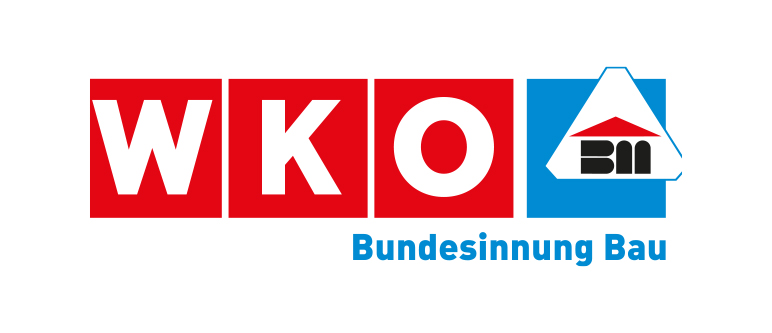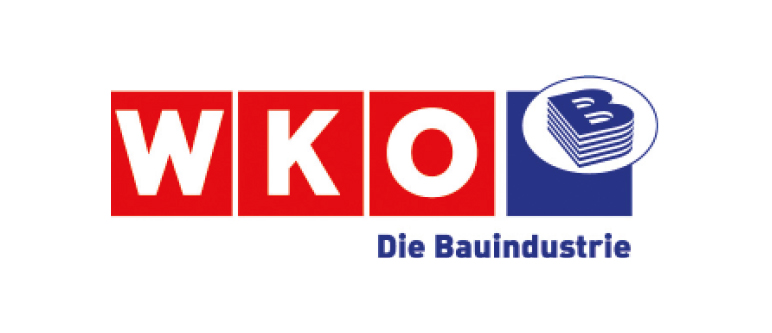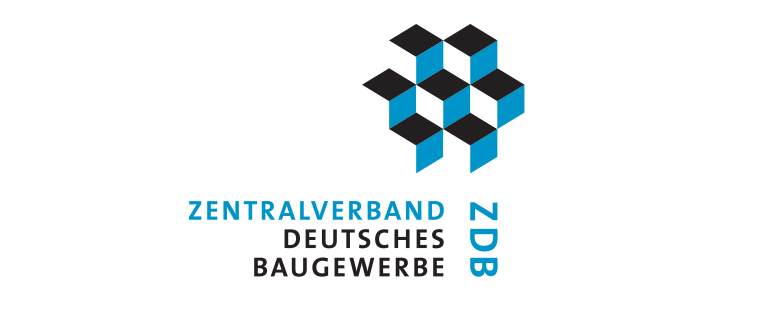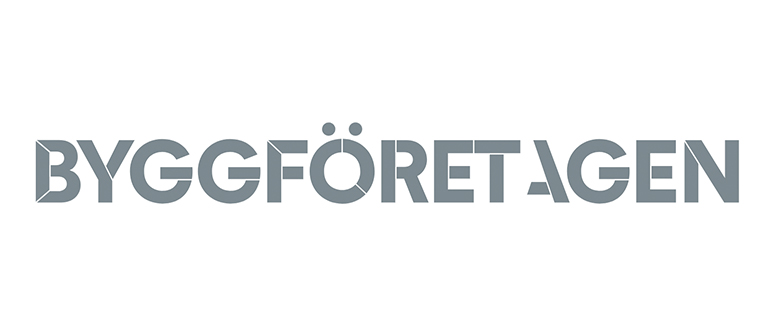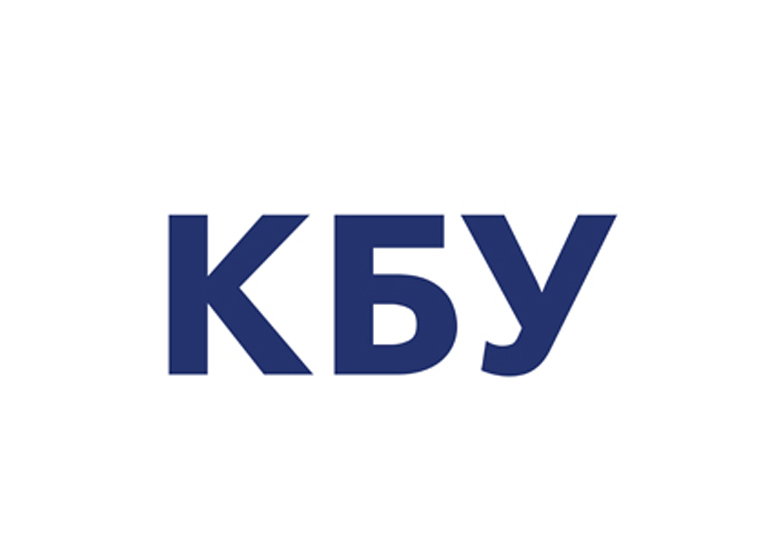Overall construction activity
The economic activity picked up considerably through 2021. Estimates from Statistics Norway show GDP growth of 3.7 % in 2021, after a decline of 0.7 % in 2020. Growth accelerates to 4.2 % in 2022, according to forecasts from Statistics Norway. The good performance of the economy in 2021 and lifting of some of the most intrusive covid-19 control measures, had a positive effect on total construction activity. Production increased again after the marginal decline in 2020. There are indications of labour shortage in the construction sector, since covid-19 has made pmotsattart time labour immigration more difficult.
Building production declined by only 0.9 % in 2020, and preliminary figures indicate 3.6 % growth in 2021. Including civil engineering, total construction output is estimated to have increased by 6.5 % last year. Forecasts for 2022 are less optimistic. They show a decline in output in the building sector of about 1.5 %. However, strong growth in civil engineering will make up for this, and total construction output could increase by 2.5 % in 2022.
Housebuilding
Housing starts in 2021 ended at the same level as in 2020. The first half of the year was notably better than the first half of 2020, while the last half of the year showed a weaker tendency. This was probably a result of the strong increase in building material prices, caused by international circumstances constraining the supply side while demand was exceptionally strong. Though building material prices in Norway started to decline in the end of 2021, prices are not expected to be reduced to their previous levels. This may have negative effects on housebuilding also in 2022. Other negative factors are rising interest rates and weaker population growth. In 2022, housing starts may be some 5-10 % lower than in 2021. The long-term level will probably be close to the forecast for 2022.
The housebuilding sector also includes holiday houses and residential garages, which are closely linked to housing production. In 2021, there was in addition a new factor affecting holiday houses. As other types of consumption were restricted, especially travelling abroad, demand for holiday houses in Norway exploded. In 2022, demand will most likely return to more normal levels.
The market for residential repair and maintenance was positively affected by the lockdowns, seeing a growth rate of about 2.9%, but slowing to 1.2 % in 2021. Negative effects from increasing building material prices and interest rates hit the market in 2021, as well as slower growth in house prices. The latter makes it more difficult to finance major renovation works by refinancing mortgages. Government grants aimed to increase energy efficiency were also reduced in 2021. The growth in residential repair and maintenance may increase up to 2 % in 2022, as the negative impact of some of the effects mentioned above will ease.
GDP 2021
BILLION
POPULATION 2020
Total investment in construction in 2021
BILLION
Non-residential construction
Following a sharp reduction of 9 % in square metres in 2020, the market bounced back last year to almost the same level as in 2019. Information about planned building projects indicated a decline in 2020 even before the pandemic struck. A moderate decline is in the pipeline for 2022. Due to long production periods, forecasts for changes in production levels will deviate from changes in square metre started.
Forecasts for the non-residential sector are based on development of the Norwegian economy and mapping of planned building projects. The economy performed well in 2021 and will do so in 2022. Unemployment rates are at pre-pandemic levels. However, growth in population and workforce are much lower than in the previous decades. This indicates lower growth in GDP in years to come, compared to the previous two decades, which is bad news for the demand for new commercial buildings. Demand for public buildings, however, are positively affected by the ageing population.
Production of r&m works for non-residential buildings decreased slightly in 2020. Demand from the commercial sector slowed and higher demand from the public sector, as a countercyclical measure, could not quite catch up. In 2021 and 2022, the sharp contrast between private and public renovation and maintenance demand seems to fade away, and both parts are estimated to grow by 2 % each year.
Civil engineering
The civil engineering sector has been almost untouched by the covid-19 control measures. Zero growth in this sector in 2020 had other causes, such as a regional reform which led to postponements of several large road projects. Strong growth in investments in roads and railway lines, including metros and tram lines, secured a booming civil engineering market in 2021 and will do so in 2022. Forecasts show 12-14 % increase in investments in 2021 and 2022. Growth in renovation & maintenance works is more modest, at some 2 % a year, which in general is not enough to prevent a further increase in pent-up renovation needs.
| Per cent variation of investment in real terms on previous year | |||||||
| investment Mln. € fixed prices | |||||||
| Sectors | 2021a | 2018 | 2019 | 2020 | 2021a | 2022b | |
| 1. | Building | 29,261 | -3.9 | 1.7 | -0.9 | 3.6 | -1.5 |
| 1.1. Housebuilding | 16,433 | -4.6 | -0.4 | -1.2 | 6.0 | -2.9 | |
| 1.1.1. New | 9,713 | -8.8 | -2.4 | -4.1 | 9.7 | -6.2 | |
| 1.1.2. Renovation | 6,720 | 2.4 | 2.5 | 2.9 | 1.2 | 1.9 | |
| 1.2. Non residential (c) | 12,828 | -2.9 | 4.4 | -0.5 | 0.6 | 0.3 | |
| 1.2.1. Private | 7,555 | -1.1 | 2.4 | -7.5 | 3.1 | 0.9 | |
| 1.2.2. Public | 5,273 | -5.8 | 7.9 | 10.8 | -2.7 | -0.6 | |
| 2. | Civil Engineering | 12,577 | 5.0 | 1.8 | 0.0 | 13.9 | 11.8 |
| (1 + 2) | Total Construction | 41,838 | -1.5 | 1.7 | -0.7 | 6.5 | 2.5 |
| a: estimate - b: forecast - c: incl. R&M | |||||||
| Number of building permits in residential construction | |||||||
| 2018 | 2019 | 2020 | 2021a | 2022b | |||
| single dwelling | 7.080 | 6.574 | 6.703 | 7.170 | 6.456 | ||
| collective dwelling | 26.472 | 22.881 | 21.144 | 22.730 | 21.231 | ||
| other types of dwelling | 912 | 2.668 | 2.232 | 600 | 617 | ||
| Total | 34.464 | 32.123 | 30.079 | 30.500 | 28.305 | ||
| (Collective dwellings and other types of buildings: in number of flats) | |||||||




